Wed 5 Nov, 2008
Noir November
Comments (0) Filed under: EventsTags: Barbara Stanwyck, cholorform, electric chair, execution, Fred MacMurray, Gilda, James M. Cain, Judd Gray, murder, noir, Phillippe's The Original, pie, Rita Hayworth, Ruth Snyder
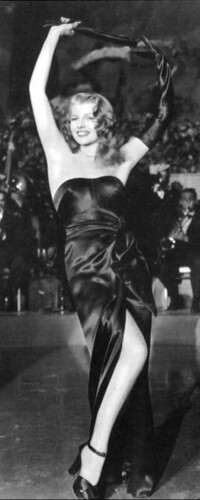
Rita Hayworth in "Gilda"
So many noir events in November — where do we begin?
Esotouric kicked off the month with the Real Black Dahlia tour on November 1st. What’s next on the agenda? How about The Birth of Noir: James M. Cain’s Southern California Nightmare on Saturday, November 8, 2008? Among the sites we’ll visit: Mildred Pierce’s home, Forest Lawn Memorial Park, and the Glendale Train Station.
We’re inviting everyone to dress in their favorite 1940s attire. So ladies, channel your inner Joan Crawford and slip into something with wicked huge shoulder pads. And gentlemen, this is an opportunity to become your favorite noir tough guy, so don a trenchcoat and a battered fedora (but leave your snub-nosed .38 at home, please). The tour departs from Phillippe’s The Original — be sure to order a slice of pie, won’t you?
The Los Angeles Conservancy (for which I volunteer as a docent) is hosting a one day Noir-chitecture event on Sunday, November 9, 2008. I’ve heard that it is sold out, so I hope that you have signed up! Each site on the self-guided tour is a gem and all have a connection to noir literature and/or film. You’ll find me at the Glendale Train Station (twice in two days — I love it!) from 12:45 to 4:00 on tour day. The lovely old station was built in the 1920s and served as a location in the classic film noir, Double Indemnity.
I killed him for money and for a woman. I didn’t get the money… and I didn’t get the woman – Walter Neff in Double Indemnity

"From the Moment they met it was Murder!"
Check out Barbara Stanwyck (left). Isn’t she the epitome of 1940s style? Her classic pageboy ‘do (which was a wig), red lipstick (doesn’t it just HAVE to be red?!) and her sunglasses! Absolutely wonderful. You can’t see it in the photograph, but Barbara wears an anklet in the film. Delicate and lovely, the chain will come to symbolize the noose which will grow tighter and tighter around the necks of the murderous lovers.
Double Indemnity, written by James M. Cain, was inspired by an infamous murder case. On March 20, 1927, housewife Ruth Snyder of Queens, New York and Nelson Gray, a corset salesman, garroted Ruth’s husband Albert, stuffed his nose with choloformed rags, then staged the scene as a burglarly gone wrong. Snyder and Gray murdered Albert so that they could collect a nice fat insurance policy and live happily ever after.
The couple turned out to be hopelessly inept at crime and was quickly busted for the murder. They were subsequently convicted and both were sentenced to death by electrocution.
The crime had nothing to distinguish it — lust and greed are hardly unique motives for murder; and the case would likely have faded into obscurity if not for the efforts of innovative newspaper photographer Thomas Howard of the New York Daily News. He was a witness to Ruth’s execution and he was determined to get a scoop.
The wiley shutterbug strapped a miniature camera to his leg, and at the moment that “state electrician” Robert C. Elliott flipped the fatal switch Howard captured Ruth’s death throes for posterity.
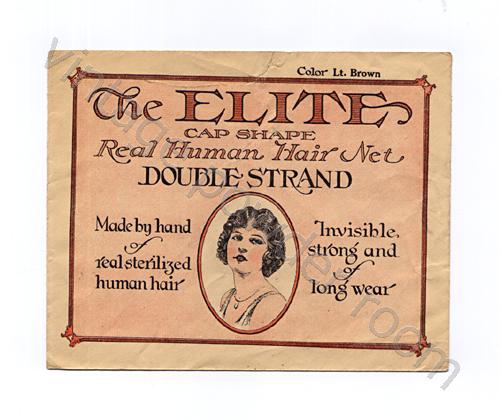
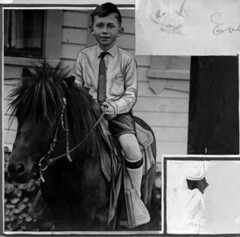
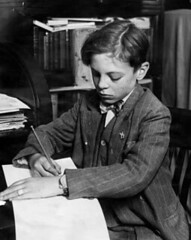

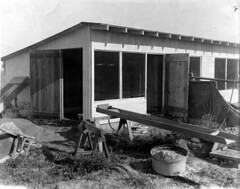
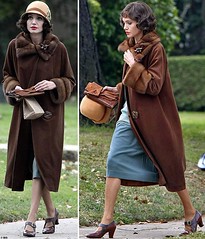
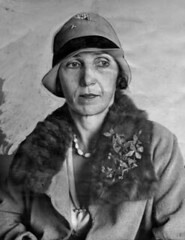

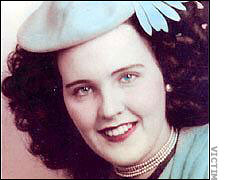

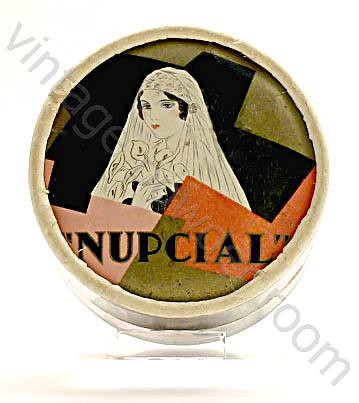
 The bride in the photo looks radiant and deliriously happy, or maybe just delirious; but what about the darker side of brides? For the noir side of brides we need only to look at the 1935 film, “Bride of Frankenstein”. Elsa Lanchester may have been one of the most reluctant brides ever. She took one look at her intended mate, Boris Karloff, and let out an ear piercing shriek of terror. Not exactly an “I do”.
The bride in the photo looks radiant and deliriously happy, or maybe just delirious; but what about the darker side of brides? For the noir side of brides we need only to look at the 1935 film, “Bride of Frankenstein”. Elsa Lanchester may have been one of the most reluctant brides ever. She took one look at her intended mate, Boris Karloff, and let out an ear piercing shriek of terror. Not exactly an “I do”.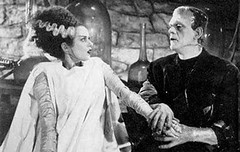
 They may look benign in their beautiful gowns; with their hair perfectly coiffed and their makeup flawlessly applied, but brides can also be serial killers! The bride in Cornell Woolrich’s novel was widowed on her wedding day. She was not about to let the murderers escape justice, and the novel tracks the homicidal nearlywed as she lures, ensnares, then bumps off the five men who ruined her life. What the homicidal bride doesn’t know about the death of her groom is revealed in a contrived twist at the novel’s end.
They may look benign in their beautiful gowns; with their hair perfectly coiffed and their makeup flawlessly applied, but brides can also be serial killers! The bride in Cornell Woolrich’s novel was widowed on her wedding day. She was not about to let the murderers escape justice, and the novel tracks the homicidal nearlywed as she lures, ensnares, then bumps off the five men who ruined her life. What the homicidal bride doesn’t know about the death of her groom is revealed in a contrived twist at the novel’s end. Even in these enlightened times, wearing white and walking down the aisle with the man of your dreams seems to be a national obsession. There are TV shows devoted to brides behaving almost as badly as the woman in Woolrich’s novel. These women are the notorious “Bridezillas”. Nothing makes them happy – neither the dress, nor the catering, and perhaps not even the groom. They roar and stomp, and generally make life miserable for all those with whom they come in contact. I’d rather face a starving raptor.
Even in these enlightened times, wearing white and walking down the aisle with the man of your dreams seems to be a national obsession. There are TV shows devoted to brides behaving almost as badly as the woman in Woolrich’s novel. These women are the notorious “Bridezillas”. Nothing makes them happy – neither the dress, nor the catering, and perhaps not even the groom. They roar and stomp, and generally make life miserable for all those with whom they come in contact. I’d rather face a starving raptor.

